Conservation: Wild For Texas License Plates
Friday, April 3rd, 2015This is Passport to Texas
Texas Parks and Wildlife recently launched two new conservation license plates to support native wildlife projects in Texas. Janis Johnson says one features a Lucifer hummingbird, while the other a diamondback rattlesnake.
09—And these two critters, if you will, join our horned lizard license plate. And together, we’re calling it the “Wild for Texas”
collection. Sounds fun, doesn’t it?
Janis is a marketing specialist with Parks and Wildlife. Proceeds from the sale of license plates in the Wild for Texas collection support native wildlife projects.
14—Anything from building out habitat and restoration of the Bracken Cave. Taking care of endangered or threatened species. Finding new habitat that’s suitable for our horned lizard. We’ve got some educational programs, [too].
Since its debut in1999, the horned lizard plate’s raised nearly $ 4-million dollars for native wildlife. Combined with sales from other plates, that number increases to $7-million dollars for conservation in Texas. Have a driving passion for conservation?
12—Just go to conservationplate.org, and check out all 7 of our conservation license plates. They’re only $30 and you can put one on your vehicle, trailer or motorcycle.
Twenty-two dollars from every sale goes directly toward conservation projects in Texas.
For Texas Parks and Wildlife…I’m Cecilia Nasti.
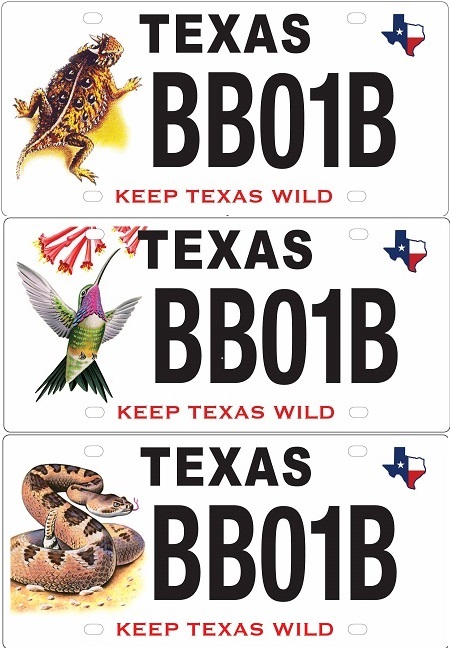

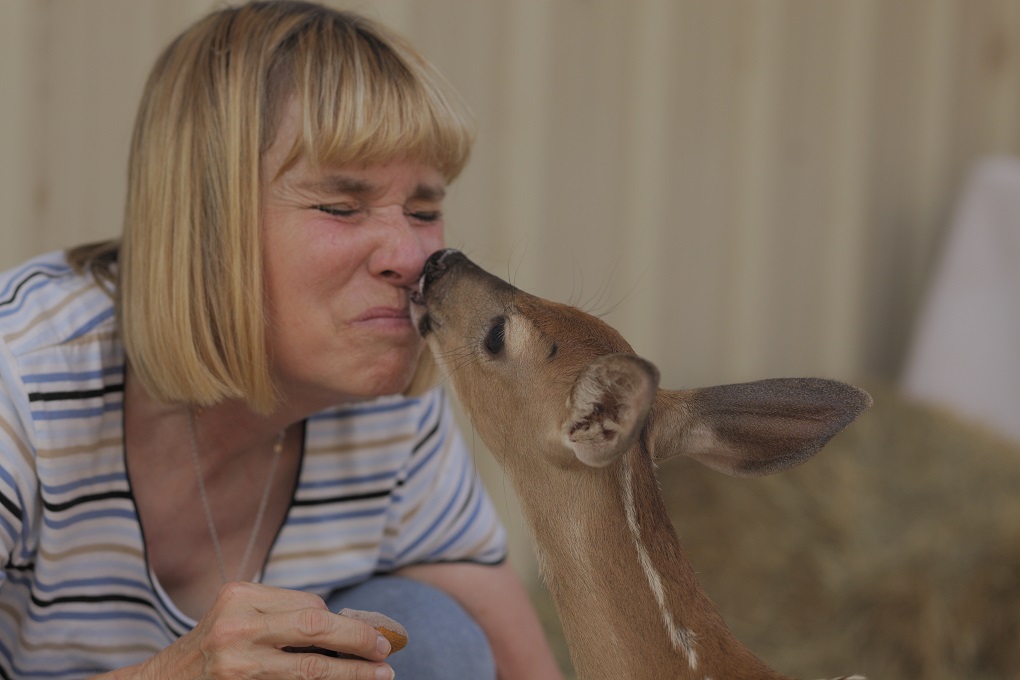
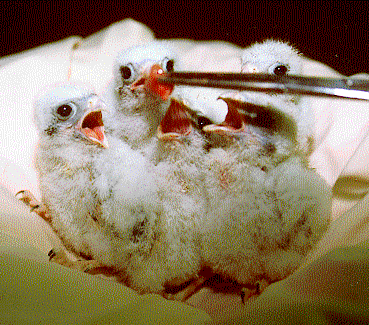
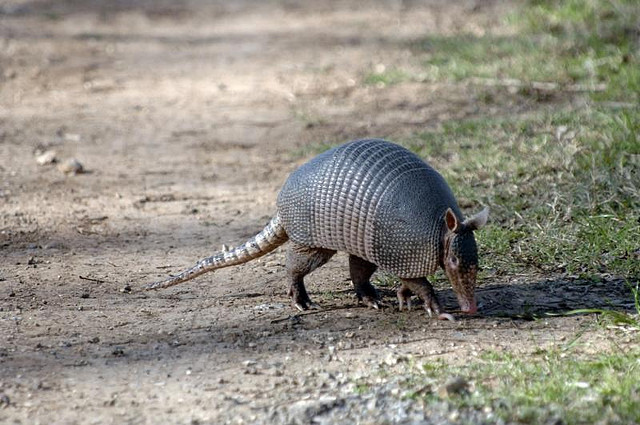
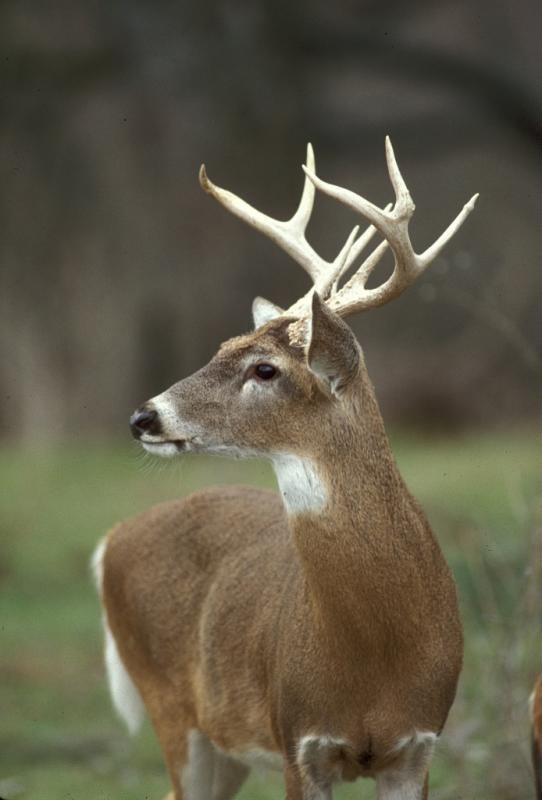

 Passport to Texas is a
Passport to Texas is a  Passport to Texas is made available by:
Passport to Texas is made available by: